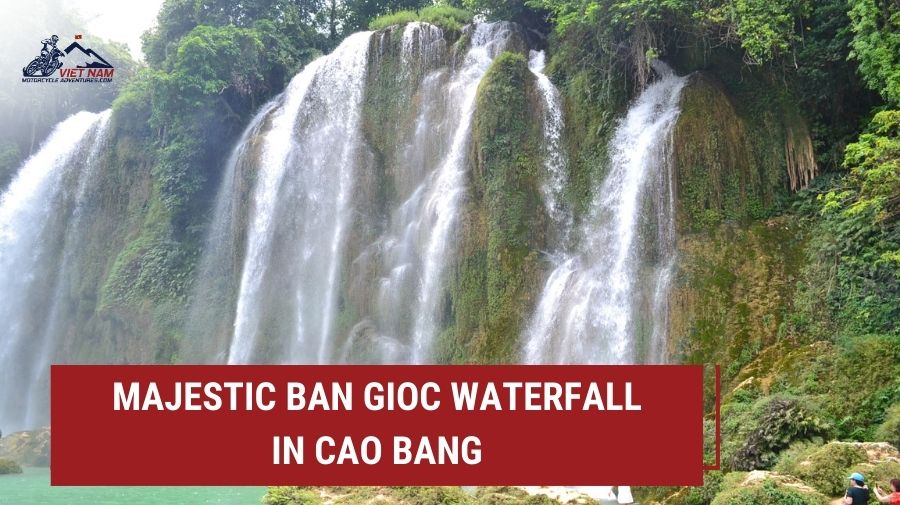Hoi An, the ancient port of Central Vietnam. Famous for its laid-back lifestyle, tailors, and food culture, this lovely old town is ideally positioned as a gateway into Central Vietnam.
The sheer variety of landscapes is truly mind-boggling. A one day tour can see you driving through paddy filled coastal floodplains one minute and mountainous rainforests the next. In addition to the natural wonders of this country, the rich cultural history of Central Vietnam provides a large number of man-made wonders to fill your eyes. From a humble farming hamlet to decaying battle sites and ancient ruins that have stood silent and strong throughout the ages.

The weather in Central Vietnam can be a temperamental beast and you can expect varying amounts of rain and sunshine throughout the year, especially in the highlands.
Having said that though, probably the best time to travel to Hoi An, Hue and their surroundings is between the months of mid-January and late-August. During this time the weather tends to be quite dry and the temperatures average in the early 30s. The wet season rolls in late September and generally the months of October through to mid-December are rather damp with lowland flooding not uncommon.
Temperatures can get quite chilly in late December and early January so if you’re planning to travel or come on a Motorcycle Tour with us then, make sure you pack a few warm clothes. Mid-April to the end of July are usually the hottest months with temperatures reaching the 40s. Occasional thunderstorms are common in the afternoon.

Hoi An has been an important port since the 15th century when traders from China, Japan, India, and Holland established shop houses on the banks of the Thu Bon river. The influence of these traders, and the French colonialists who followed, is still evident in the town’s architecture, cuisine and the importance of the river in the lives of local residents.
The town’s famous covered bridge was built by Japanese traders, who believed its construction would slay a dragon that had its head in India, heart in Hoi An and its tail in Japan, and was responsible for earthquakes in Japan.
As the Thu Bon River began to silt up in the 19th century, the port was gradually overshadowed by nearby Da Nang. The town miraculously survived the ravages of the American War, and its remarkably preserved shop houses were declared as a UNESCO World Heritage site in 1999.
The town is attracting travelers from around the world, who are drawn to the town’s famous architecture, fine dining and high-class tailors.


Monday 30, December 2024
Discovering the Paper-Making Craft of Nung Ethnic People: A Unique Tradition

Monday 30, December 2024
Discovering the Craftsmanship of Phuc Sen Village: A Journey into Cao Bang’s Heritage

Monday 30, December 2024
Discovering Me Pia Pass: A Thrilling Motorbike Adventure in Cao Bang

Monday 30, December 2024
Exploring the Majestic Ban Gioc Waterfall Cao Bang

Monday 30, December 2024
Unforgettable Ho Chi Minh Motorbike Tours: Exploring Scenic Routes and Famous Destinations